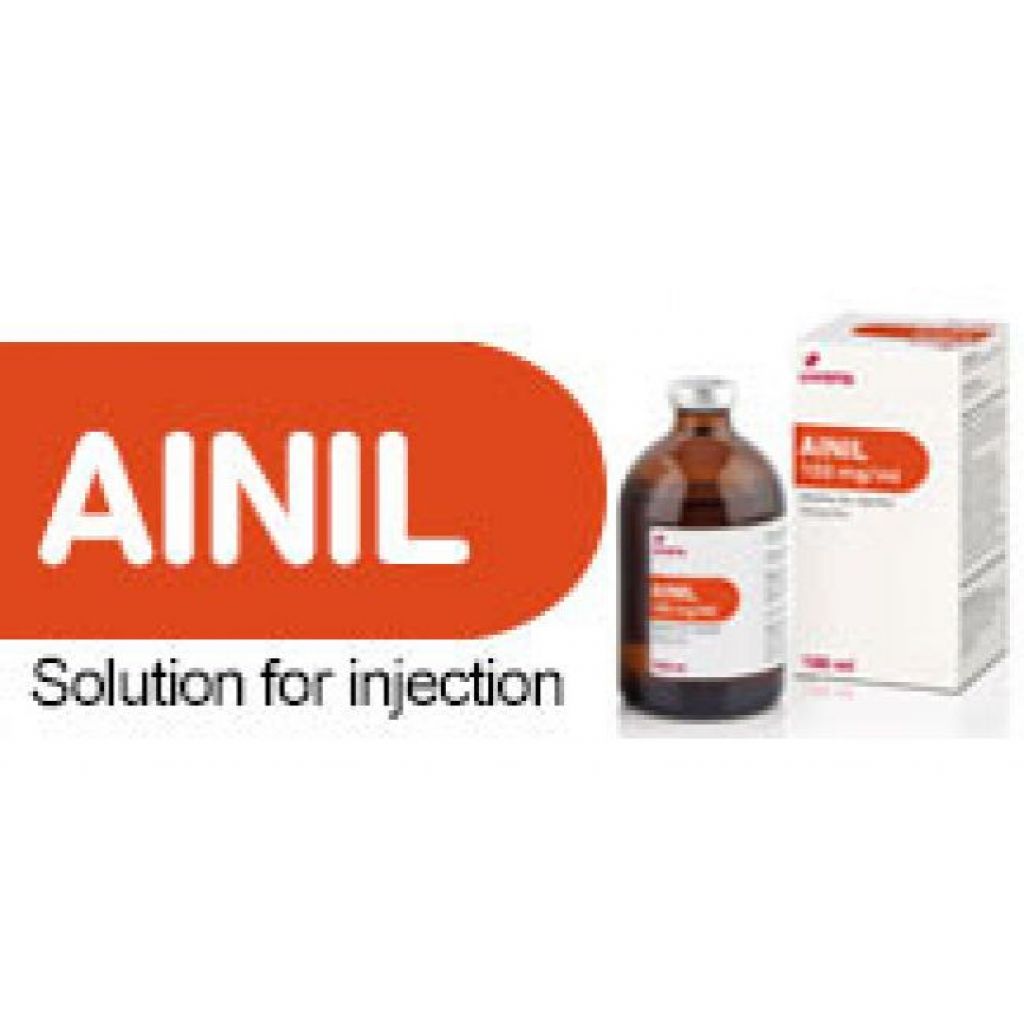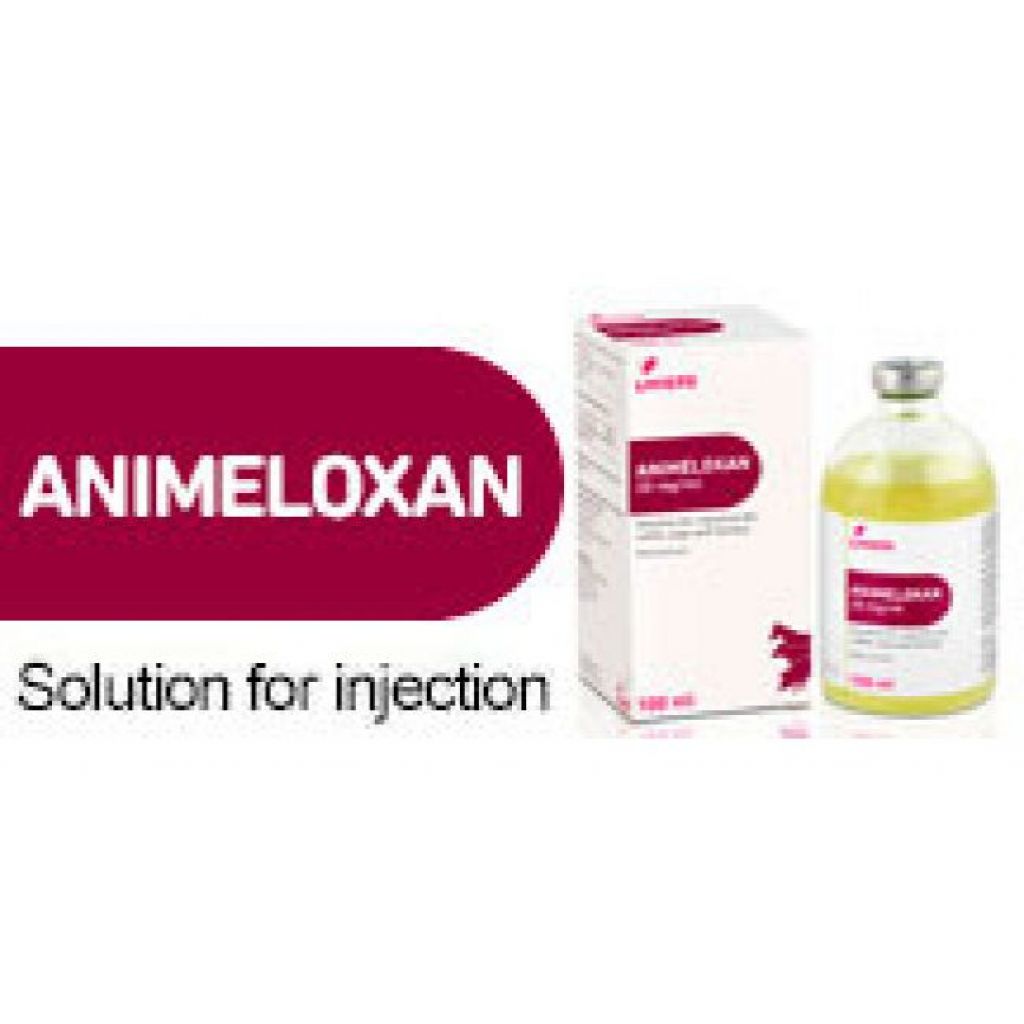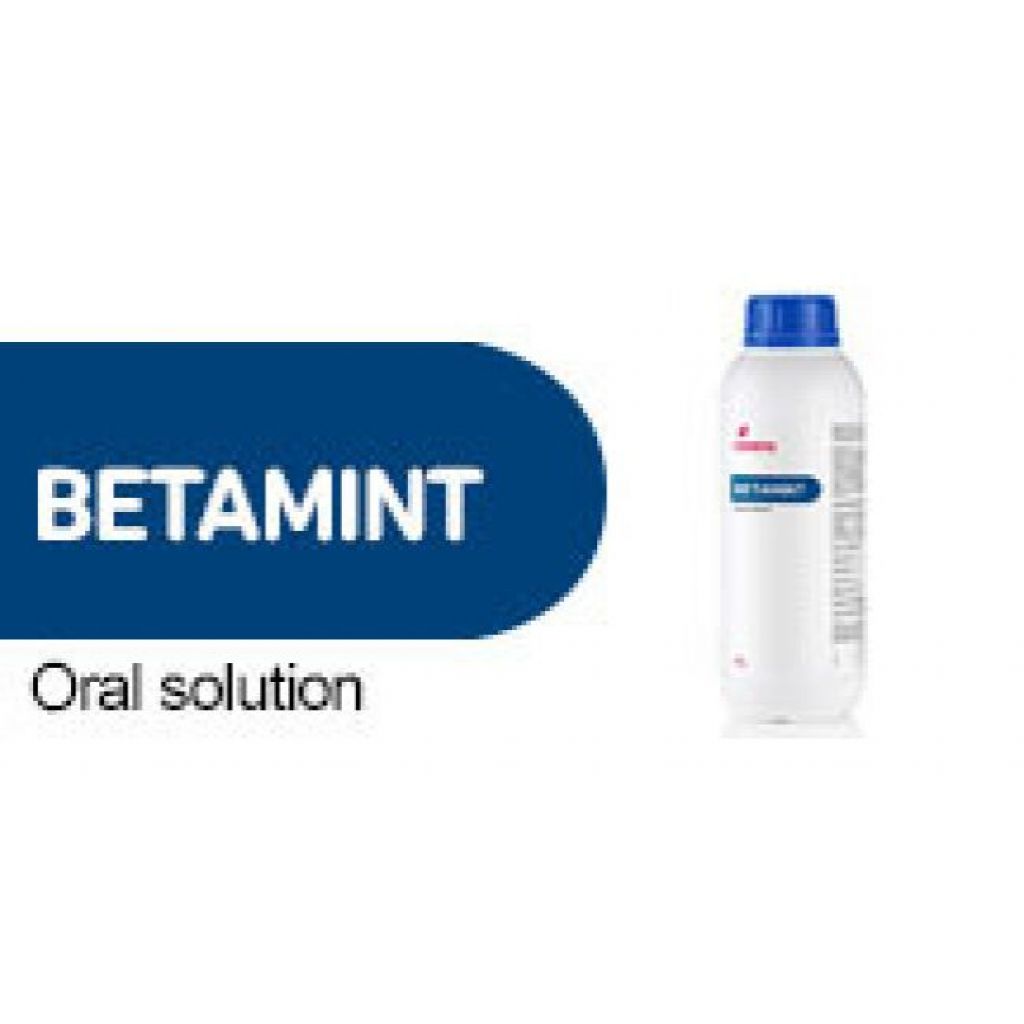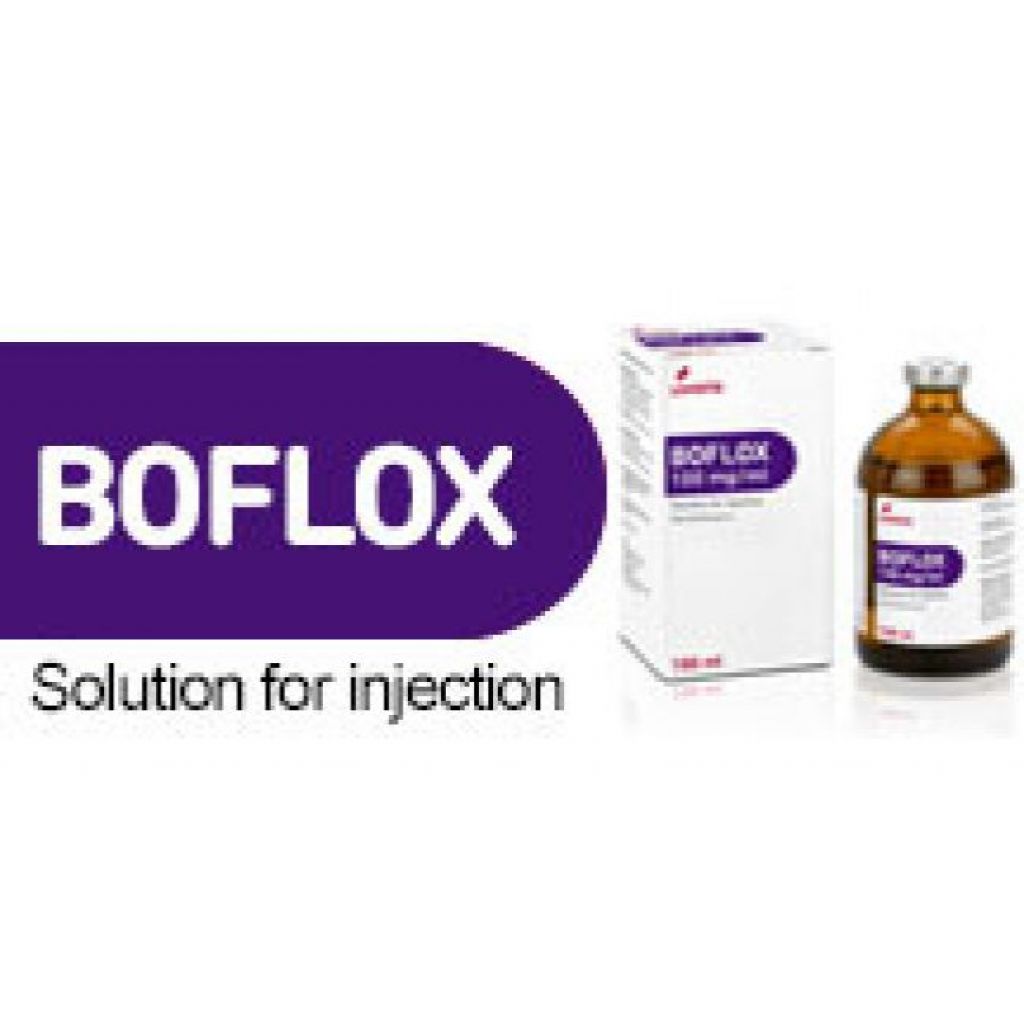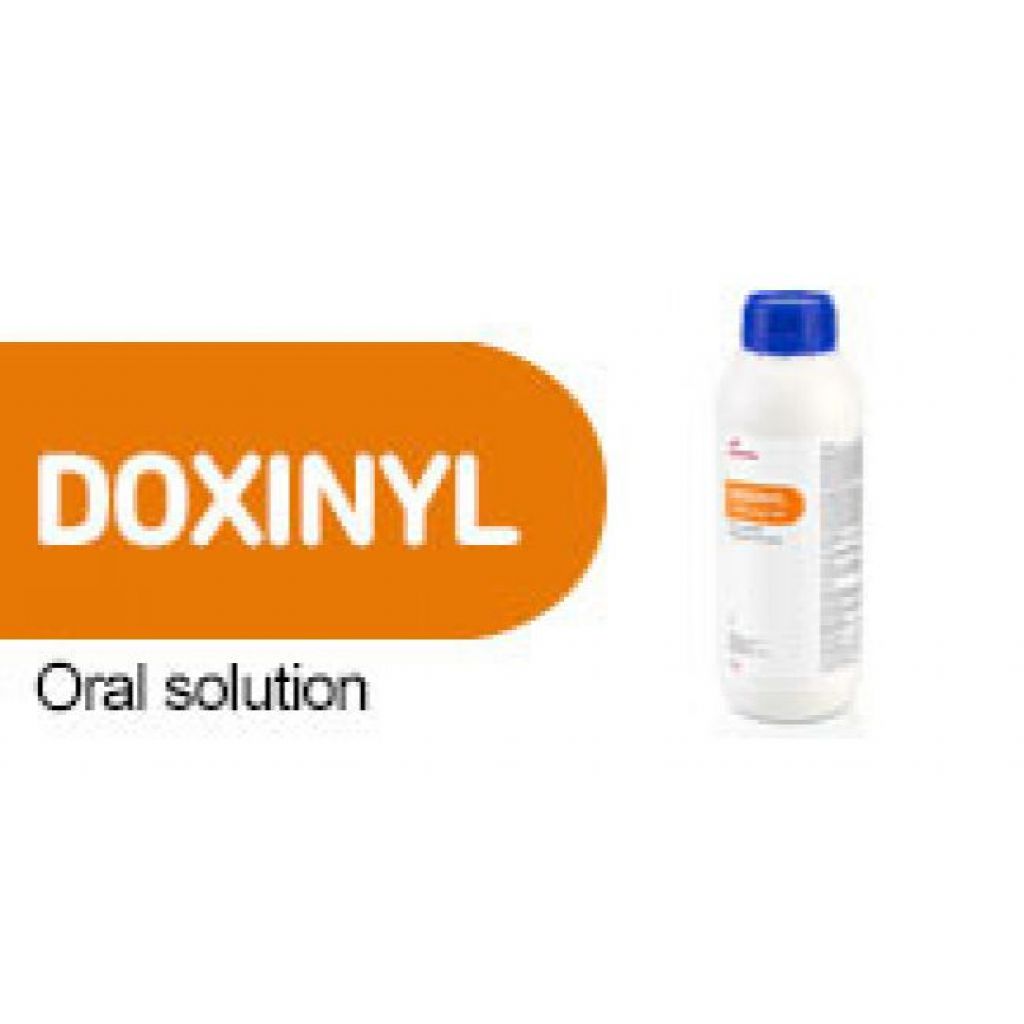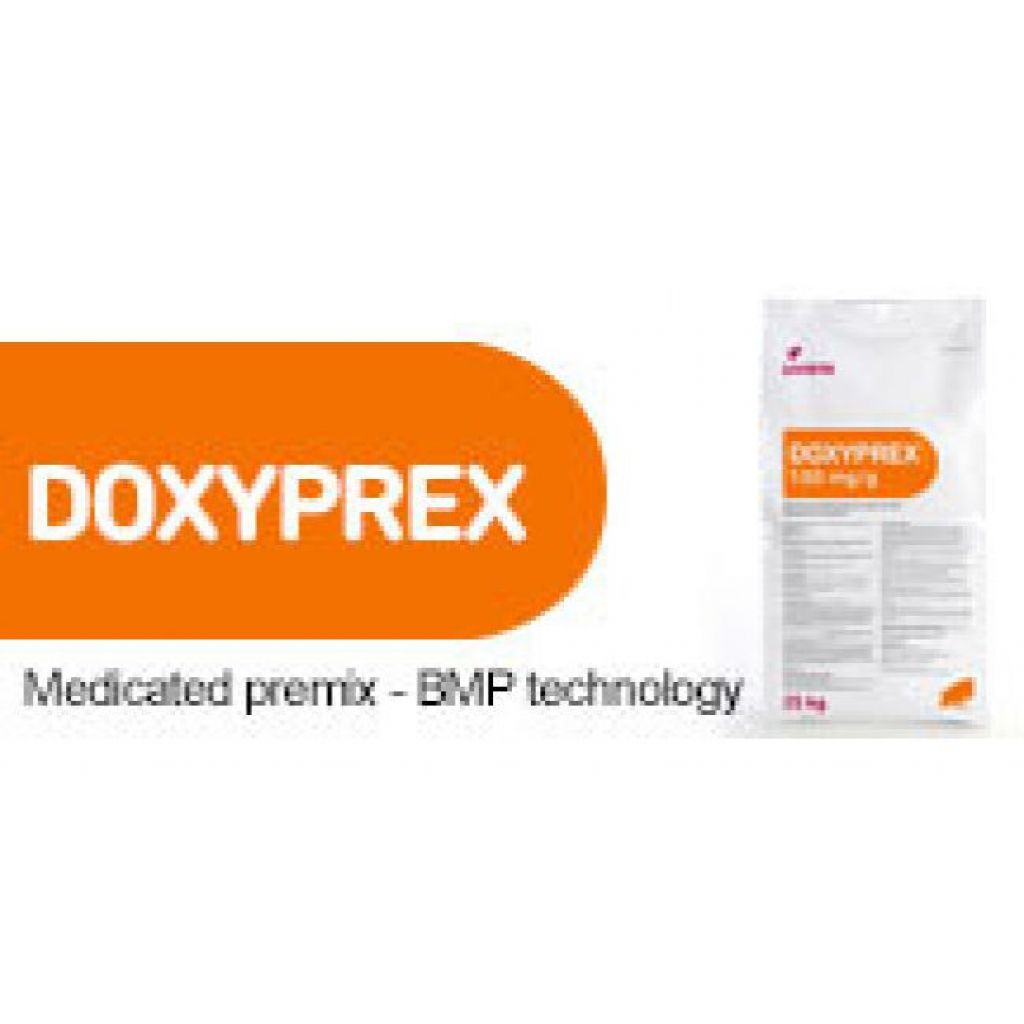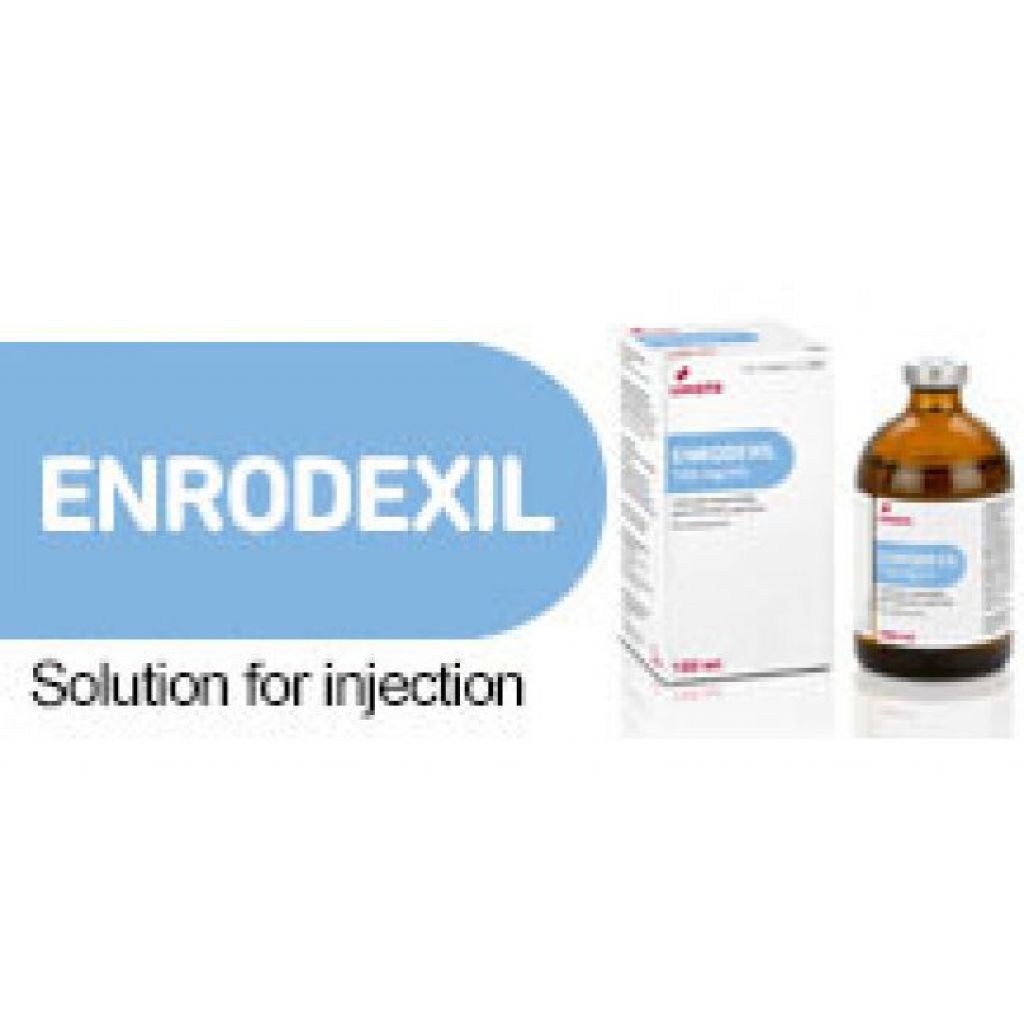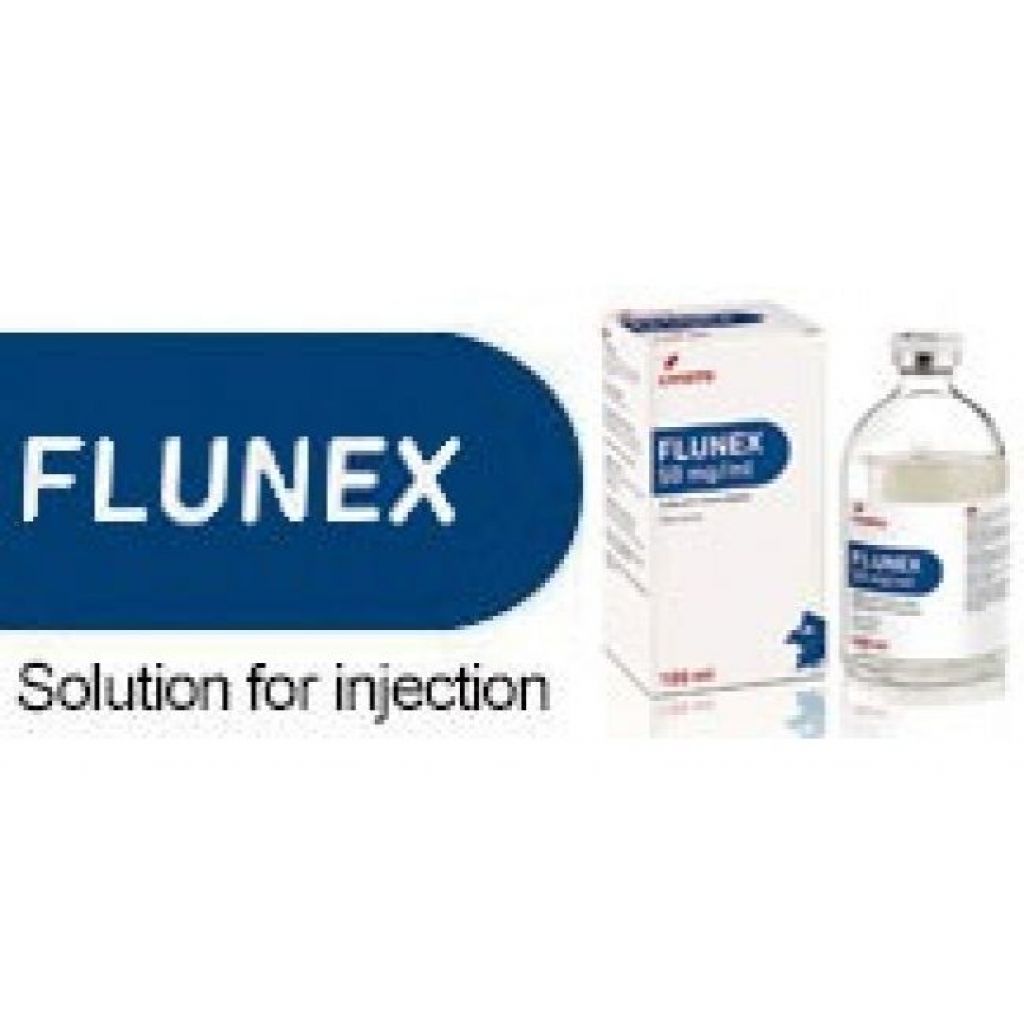The particle-size role of medicated pig feedingstuff in antimicrobial resistances
Medicated pig feedingstuff
A medicated feedingstuff is any mixture of a veterinary medicinal product (VMP) and feedingstuff which is ready prepared for supply and intended to be fed to animals without further processing.1
In Belgium, for instance, 99.6% of antimicrobial premixes are produced for pigs and 0.5% are also administered to poultry and rabbits (BelVet-SAC 2014).1
In Europe, only a veterinary surgeon may prescribe the manufacture of a feedingstuff containing a VMP and the fact that feed mills make unsolicited approaches to veterinary surgeons with “draft” prescriptions for their approval is discouraged. Furthermore, veterinary surgeons are strongly advised to make medicated feed prescriptions valid for no more than one month.1 The aim of all these regulations is to avoid the development of antimicrobial resistance. But besides the regulatory side, the technological approach is also essential to control the problem.
The risk of cross contamination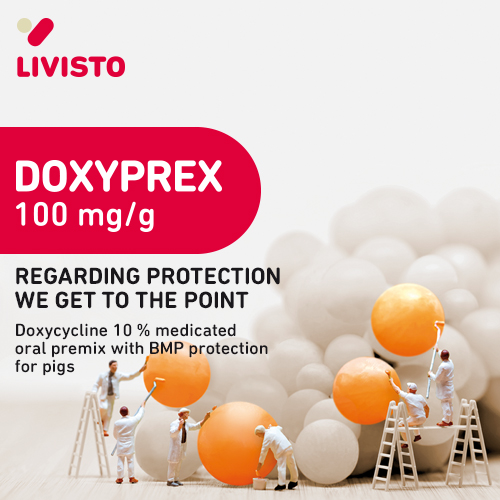
Feed mills in which medicated animal feed premixes, supplements, concentrates or finished medicated animal feeds are prepared, have a tendency to retain some of the finely divided drugs due to electrostatic adhesion, dusting or some other phenomenon associated with the day-to-day operation of such installations.
The retention of drugs within the mill is obviously undesired since it may, and usually does, result in the contamination of subsequent batches of non-medicated animal feed or supplement prepared in the same mill.2
The cross-contamination of non-medicated feed with residues of antimicrobials causes an animal and public health concern associated with the potential for the selection and dissemination of resistance in commensal bacteria and potentially zoonotic bacteria.3
Antimicrobials in powder form make it more difficult to purge the equipment at the feed mill, the truck and the farm, between batches.3
So, it is important to prevent excessive build-up, deposition, retention and dusting of the drug in the feed-mill processing when manufacturing medicated feed premixes. Particle size and homogeneity are probably key to reduce this kind of problems.
The importance of particle size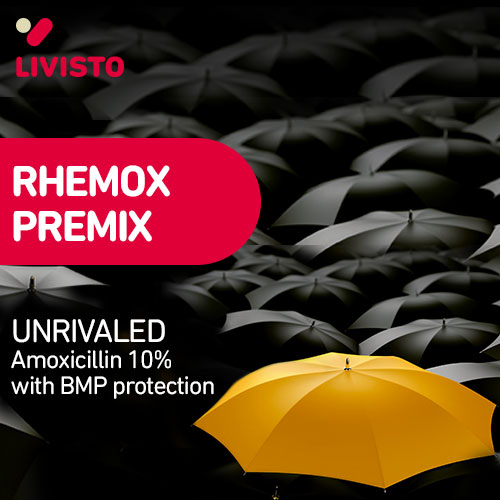
The particle size may have an impact on the mixing properties and consequently on the weight and content uniformity of a pharmaceutical dosage form.2
The difficulties encountered by using fine powders in medicated animal feed premixes has been widely recognized. To overcome these problems some of such formulations have been aggregated on to the surface of coarse carriers by the use of suitable binders or sticking agents. However, often this process yields aggregates which do not adhere permanently, so drying and friction during storage and handling releases free, fine drug particles which again become subject to segregation, adhesion to surfaces and to removal as dust.
Conclusions
When choosing a product to manufacture medicated feed, bear in mind that proper granules should possess good resistance to crushing, crumbling and surface abrasion during storage and during blending with feed. With a homogeneous form of particles, more uniform distribution of drugs in the feed can be expected. This is directly related to an adequate dosing of the drug and to less probabilities of microbial resistance development due to underdosing.
References:
1. Medicated feedingstuffs and specified additives. Veterinary Medicines Guidance Note 17. October 2014. Veterinary Medicines Directorate
2. Pascal Furrer. The central role of excipients in drug formulation. European Pharmaceutical Review. Issue 2, 2013. https://www.europeanpharmaceuticalreview.com/
https://www.europeanpharmaceuticalreview.com/article/18434/the-central-role-of-excipients-in-drug-formulation-2/
3. Maria Eleni Filippitzi; Steven Sarrazin; Hein Imberechts; Annemieke Smet & Jeroen Dewulf. Risk of cross-contamination due to the use of antimicrobial medicated feed throughout the trails of feed from the feed mill to the farm. Volume 33, 2016, issue 4. https://doi.org/10.1080/19440049.2016.1160442
https://pubmed.ncbi.nlm.nih.gov/26934334/#:~:text=The%20cross%2Dcontamination%20of%20non,bacteria%20and%20potentially%20zoonotic%20bacteria.



